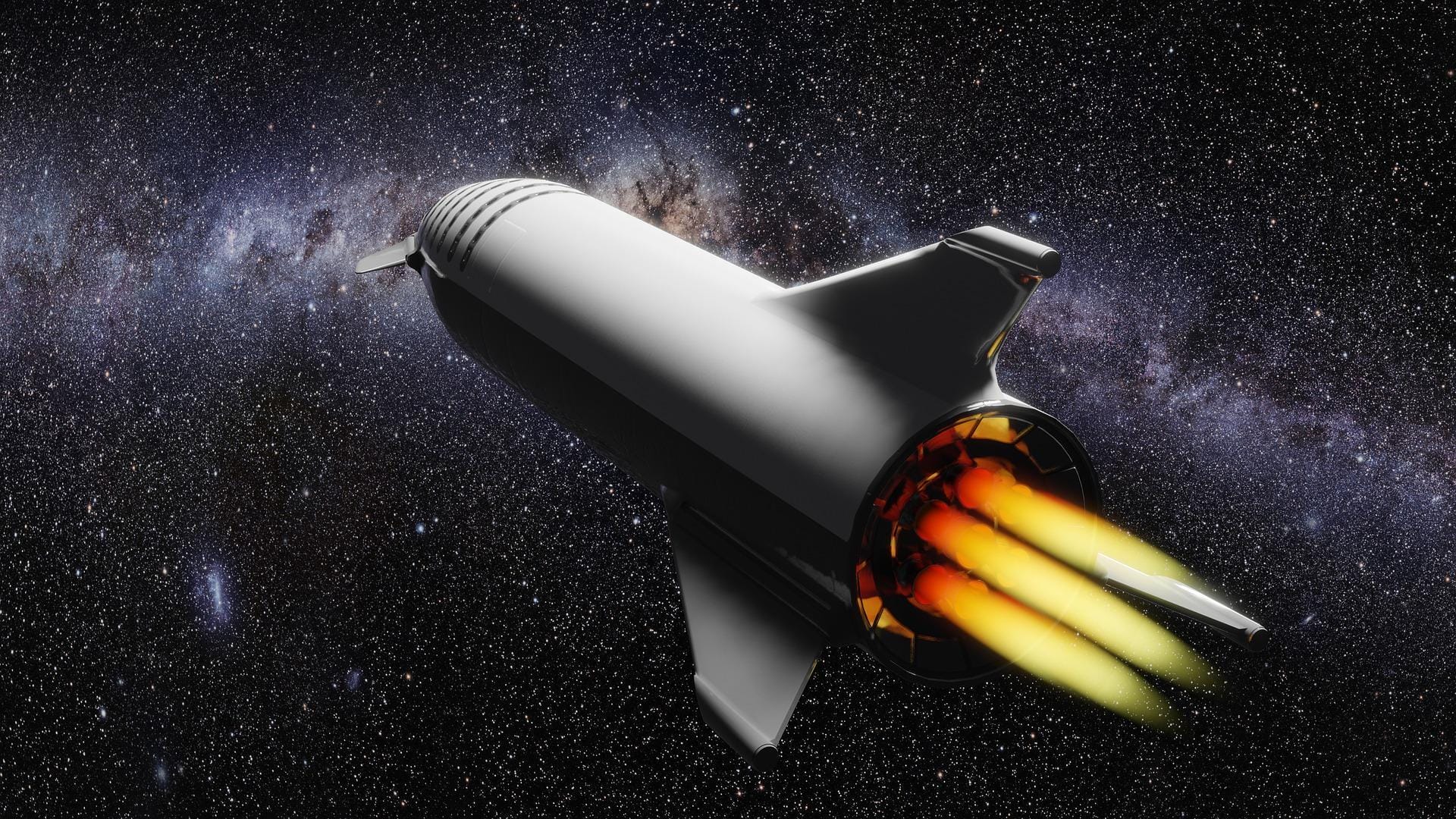Despite their name, small rockets are not small at all when it comes to payload capacity. A regular small orbital launcher can carry around 2,000 kg of payload into space.

Recently, we have seen a great increase in market demand for lightweight launchers. The primary reason for this is the ever-increasing demand for placing small satellites in orbit.
Back in 2020, over 120 rocket maker startups globally worked to help private companies and governments launch small payload rockets in orbit.
Another factor that is driving up the demand for lightweight launchers is that companies are now deploying constellations of satellites for broadband Internet in Low Earth Orbit (LEO). Before that, most telecommunication satellites (TV, radio) were placed in geostationary orbit.
Satellite constellations can ensure stable Internet access to remote areas, such as the Arctic. Besides, several northern schools in the UK already have access to broadband Internet connections.
While it is not yet clear if satellites will replace wire connections in areas where such connection is possible, one cannot neglect such a development in the future.
Another example of a satellite constellation is the navigation system, like the US’s GPS and the EU’s Galileo. All in all, the size of a satellite constellation will vary depending on its purpose and the coverage particular companies are planning to provide.
However, one thing most constellations have in common is they are created from small satellites ranging from 50 to 500 kg in weight. Launching a series of small satellites does not require heavyweight rockets.
Usually, large carriers are very expensive to launch and it takes quite a lot of time before the rocket reaches its maximum payload capacity. So, satellite makers are forced to wait, which generally interferes with their business plans and profits.
Must Read: Best Internet Deals to Get Rid of Slow Internet [2021]
How to Make Small Rockets?
Lightweight launchers vary in size, but all of them have one thing in common — they are developed to reach LEO. This orbit destination is closest to our planet and easier to reach.
The United States National Association of Rocketry is the primary regulatory body that provides guidelines on which materials can be used to manufacture lightweight launchers.
Unlike the traditional big rockets, a small space rocket is less complex and is usually made from a polymer named polyaniline. The lightweight launcher shape resembles a tube, whereas its internal part is usually made using zinc.
Despite their size, lightweight carriers can reach very high speeds. If you think about it, this makes a lot of sense — when you have a small object aiming to reach space, you need less thrust.
Besides, small vehicles can be controlled manually and scientists can often change their flight trajectory if they have to.
Most importantly, many of these small carriers are reusable, which means you can use them multiple times without having to pay the extra cost of making a new rocket from scratch for each flight.
Currently, small launchers use a chemical propellant named hydrogen peroxide. However, researchers are now developing new types of propellants that will make these carriers more efficient and environmentally sustainable.
How Do Small Rockets Work?

Small carriers are a relatively cheap way to study the nature of a rocket and how it interacts with the external forces as it starts climbing to space. Much like big launchers, small vehicles can use either solid fuel or liquid fuel.
A rocket using liquid fuel has separate chambers for the fuel and oxidizer. When a launcher is ready for lift-off, two liquids are mixed in the combustion chamber. Then, we have solid fuel launchers that use solid fuel and oxidizers mixed and stored in solid-state inside a container.
Another important aspect of using a small rocket is that you will often have to replace the engine for every new flight. This isn’t a big concern, as it adds only a few thousand dollars to the overhead cost of launching a small rocket in space.
However, ever more companies are building reusable rocket stages to make space launches even more affordable and gain a competitive advantage in the launch market.
Good Read: A Complete Guide to Studying Aerospace Engineering in India
Small Space Rockets Applications
There are many applications of small space rockets — for example, providing fast wireless Internet already mentioned above. Besides, researchers and students can use the small rockets for educational and scientific purposes.
As the price of launching a small rocket is relatively low, almost all universities around the world are now using small rockets. Before that, they had to rely on third-party rocket launchers to get their satellites to space, which was both expensive and complex.
Also, some small rockets can deploy multiple payloads to different orbits in a single launch. The rideshare missions can even accommodate different clients and deploy small satellites at various orbit heights and inclinations.
As the satellites are getting ever smaller, the rideshare missions no longer call for heavyweight rockets that are quite expensive to launch and take a while to get launch-ready.
Considering the rapid development of lightweight launchers and the growing demand for small satellites, soon we should expect more aerospace startups to offer their innovative, cost-affordable tech.



